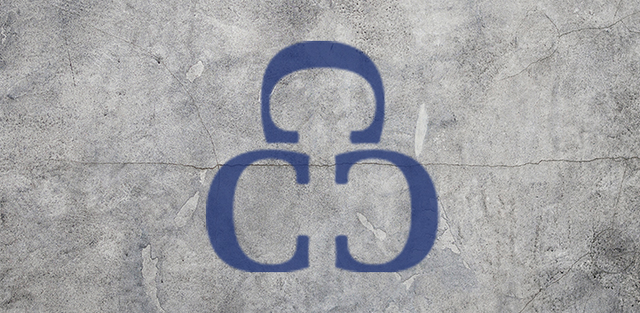
With the first official day of winter approaching tomorrow, it’s time to start thinking about the proper way to upkeep your concrete flooring. We’ve been really lucky in Omaha to have unseasonably warm temperatures and nothing more than a few brief snowflakes the last month. In due-time our luck is bound to run out and we’ll be managing the snow, ice, and the cleanup that comes with it.
Concrete flooring is one of the most durable kinds of flooring that you can choose for your home and business. If maintained properly throughout the changing seasons, especially here in the Midwest, you’re sure to have a long-lasting floor with minimal issues to handle in the future. By understanding what causes damage to concrete floors in the winter, you’ll have an easier time preventing it and maintaining them.
Preventative Measures for your Concrete Flooring
As mentioned in past blogs, the best preventative measure you can take when preserving and protecting your concrete floor is by having a high quality concrete sealant applied to your floors after your final pour is complete. This quality sealant protects your concrete flooring from dirt, moisture, and any other unwanted chemicals that can be brought onto your floors on a day-to-day basis. Throughout the wintertime, our vehicles and footwear track deicing chemicals nearly everywhere we go. Be it liquid magnesium or your standard Ice Melt from the local hardware store, those chemicals can really do some damage to your polished concrete floors.
How Do Deicing Solutions Ruin Concrete Flooring?
When a concrete floor isn’t protected by a concrete sealant, the deicing fluids (brine) seep into the pores of your flooring. When temperatures drop again, that deicing fluid and air moisture refreezes and creates an expansion within the concrete, also known as spalling. When the temperatures are constantly fluctuating, this can happen over and over throughout the winter, causing massive problems. If there’s a lack of moisture, the salt in the deicing fluid can crystalize, resulting in your concrete breaking. Generally, a deicing product is fine to use on a properly sealed concrete floor once it is two years old. The best way to prevent wear and tear on a sealed floor is simply by keeping it clean and dry.
Protecting Your Decorative Concrete
Fortunately, decorative concrete is a little easier to protect. Colored hardeners and sealants for your decorative concrete give your concrete a little extra protection. It is still recommended to keep your decorative concrete clear from snow and ice the best you can, and on any dry days, you go the extra measure to sweep away any dust and grime that has built up over the course of the winter. Once winter has passed, take the time to assess any damage that may have been done over the winter and have it resealed before any further damage can take place in the spring.
Looking for an easy homemade cleaner to keep your polished concrete floors nice throughout the winter? Mix one gallon of water to one cup of white vinegar plus a squirt of Dawn dish soap. This easy and affordable cleaning solution is sure to keep the winter grime from taking over. To mask the non-discrete vinegar smell, add a few drops of essential oils.
*********
Do you have any questions on keeping your concrete flooring protected throughout the winter? Do you need a sealant solution before the snow falls? Or maybe you’re looking to have a durable concrete floor installed in 2018, get in touch with us!
